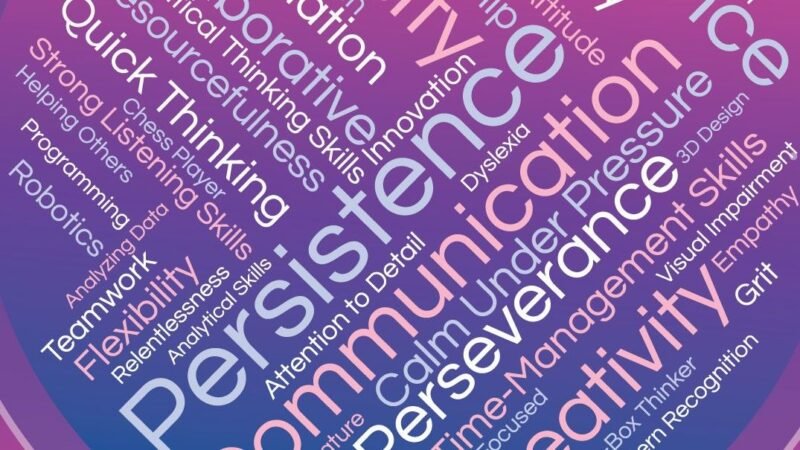Summary Points
-
NASA’s Selection: NASA has announced 45 semifinalists for the 2024-2025 Power to Explore Challenge, a nationwide competition encouraging K-12 students to envision their own radioisotope-powered missions to explore solar system moons.
-
Learning About RPS: Participants explored the utility of radioisotope power systems (RPS), known as "nuclear batteries," which have enabled NASA’s successful missions in harsh environments on various celestial bodies.
-
Record Participation: The challenge saw a record of 2,051 entries from all 50 states and territories, demonstrating high engagement from students across the U.S. and beyond.
- Awards and Recognition: Each participant received a digital certificate, with semifinalists earning a NASA RPS prize pack, and finalists will be announced on April 23, further fostering excitement for careers in space exploration.
NASA has selected 45 student essays as semifinalists in its 2024-2025 Power to Explore Challenge. This national competition invites K-12 students to engage with the exciting capabilities of radioisotopes. Through this challenge, students learned about how NASA uses radioisotope power systems (RPS) to explore distant moons in our solar system.
Contestants wrote essays envisioning their missions. They described personal strengths and dreams, showcasing their unique ideas for RPS-powered explorations. This year’s competition drew a record 2,051 entries from all 50 states and U.S. territories, reflecting a growing interest in space exploration among young people.
Radioisotope power systems act like nuclear batteries, powering spacecraft in extreme environments. These systems have already fueled significant missions to moons with intriguing features, such as active volcanoes and methane lakes. Many moons in our solar system remain unexplored, representing opportunities for future discoveries.
Carl Sandifer II, program manager for NASA’s Radioisotope Power Systems Program, expressed excitement about the participants’ creativity. He noted that the essays revealed an inspiring array of ideas about which moons students wanted to investigate. Their ambitious concepts reflect a bright future for exploration.
The semifinalists come from diverse backgrounds, emphasizing the challenge’s goal to engage a broad audience. They will receive a NASA RPS prize pack and participate in the forthcoming virtual event, Power Up with NASA. This event further connects students to the NASA workforce, fostering interest in STEM fields.
Fifteen finalists in each grade category will be announced April 23, continuing the momentum of this stimulating initiative. The Power to Explore Challenge not only nurtures curiosity but also inspires the next generation of scientists and engineers to dream big and contribute to technology development in space exploration.
Discover More Technology Insights
Dive deeper into the world of Cryptocurrency and its impact on global finance.
Explore past and present digital transformations on the Internet Archive.
SciV1

